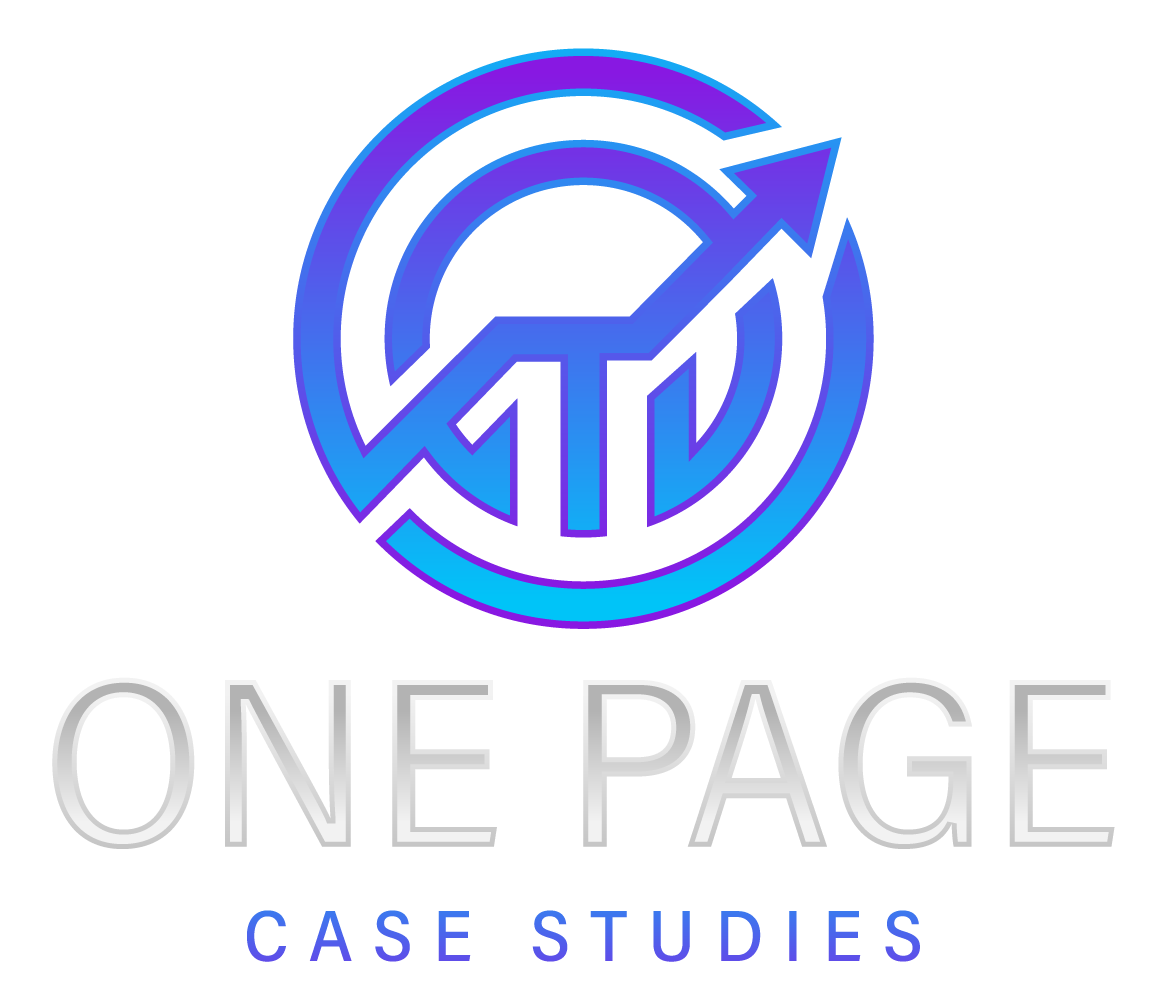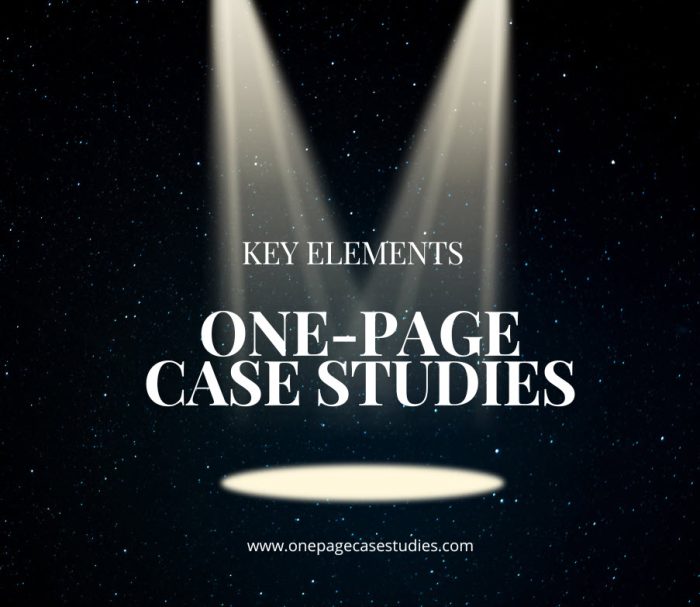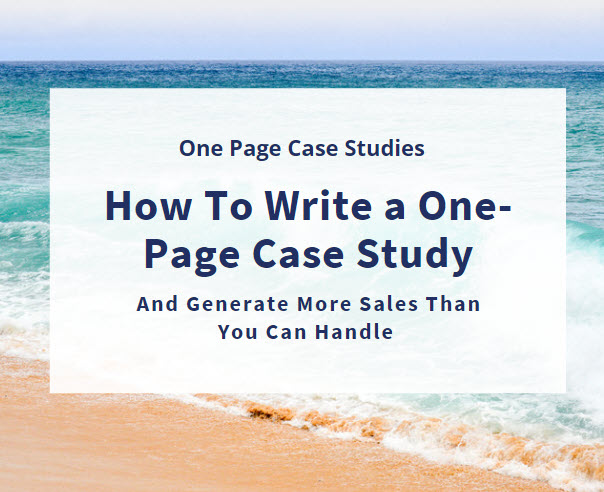I recently wrote, “How To Write a One-Page Case Study.” In the article, I share that bullet points are the most important element in a simple 1 Pager.
If you’ve been following us, you know we refer to prospects and consumers as The Doubter. The reason? If you want to get more clients, you have to put yourself in their shoes. People are naturally skeptical, just like you and me.
That’s how we are programmed, to be on the alert, to be apprehensive.
- “Is this dangerous?”
- “Is it worth it?”
- “Is it for me?”
The Doubter proceeds with caution. They don’t have a minute to spare for anything that looks risky. With The Doubter in mind, we must get to the point quickly. Show Proof and your expertise. Think about how you would explain, to The Doubter, a recent project or valuable information.
The Key Elements of a One-Page Case Study
A one-page case study typically includes the following key elements:
- Title: A brief and descriptive title that summarizes the main focus of the case study.
- Location: Where is it located
- Introduction: A brief overview of the context and background of the case study, including the problem or opportunity that the case study aims to address.
- Solution: A brief description of the solution or approach to address the problem or opportunity. This should include the methodology, tools, and techniques to achieve the desired outcomes.
- Results: A summary of the outcomes and impact of the solution or approach. This should include any quantitative or qualitative data supporting the project’s success.
- Photos – Photos need to be relevant. Combining bullet points and relevant images creates a memorable impression in The Doubter’s mind. They silently think out loud, “This is for me. I want this”.
- Conclusion: A summary of the key takeaways and lessons from the case study.
- About Us/Call to Action: A suggestion or invitation for the reader to take action based on the insights and lessons learned from the case study. This is your opportunity to sell your services.
3 Main Elements for Every One-Page Case Study
- Clear Headline
- Bullet Points
- Relevant Images
Overall, a one-page case study should be clear, concise, and easy to read. Highlight the essential information and insights in a brief and compelling format.
The bullet points serve as a mini table of contents. When you put a One-Page Case Study on your website, the bullet points are the first element The Doubter reads after the headline. Your headline is the element that grabs attention.
If the Doubter thinks, “Yeah, this is for me,” then the next place their eyes travel is to the bullet points. They scan the bullets. They will read them out of order based on what they identify with. Simultaneously, they see the photos on your page.
The elements I mentioned show Proof and demonstrate your expertise. Just merely saying you do something is not enough to gain their trust. If you don’t show Proof, you lose them.
Or, if it does convert to a lead without Proof, you either compete based on price or don’t get the business.
No matter how good you are, without Proof, you may be an expert but not perceived as The Trusted Expert. Don’t just assume The Doubter knows how awesome you are. They don’t unless you prove it.
About The One-Page Case Study Business Model

 Ed Winslow and Caroline Vega have specialized in Proof Stacking with One Page Case Studies™ promoted with Websites, SEO, Display Ads, and Press Releases for over ten years.
Ed Winslow and Caroline Vega have specialized in Proof Stacking with One Page Case Studies™ promoted with Websites, SEO, Display Ads, and Press Releases for over ten years.
They have developed a program called Branding and Publicity SEO. One of their recent client success stories was for South Jersey Radiology, a multi-location business, recently purchased for $450 Million.
One of the buyer representatives stated, “one of the main reasons we purchased SJRA was due to their online Brand Equity.”
Brand equity refers to the value a brand adds to a product or service beyond its functional benefits. A combination of factors creates this value, including brand awareness, perceived quality, and brand associations.
A business with high brand equity creates Proof and trust in the minds of consumers. Brand Equity does not just apply to big companies. Even a one-person shop can build Brand Equity.
One Page Case Studies™ are the most potent form of Proof. That’s what sells.
Keep them short. Use bullet points and always keep The Doubter’s journey in mind. Include the key elements I mentioned above to create Brand Equity. Your result? More clients at higher prices because you are trusted and believable.



